
PUMPA - SMART LEARNING
எங்கள் ஆசிரியர்களுடன் 1-ஆன்-1 ஆலோசனை நேரத்தைப் பெறுங்கள். டாப்பர் ஆவதற்கு நாங்கள் பயிற்சி அளிப்போம்
Book Free DemoDevices that works on the principle of multiple reflections:
Certain devices, such as periscopes, bend light and assist in viewing the image of an object that cannot be seen with the naked eye. The principle of a periscope is multiple reflections of light. Mirrors in the barbershop and kaleidoscopes also forms multiple images due to the multiple reflections of light.
| Periscope | 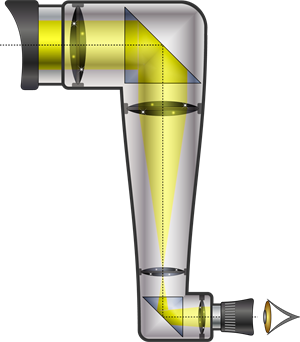 |
| Kaleidoscope | 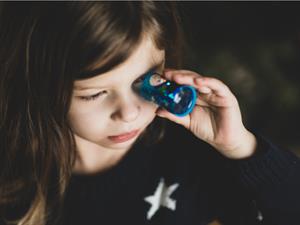 |
| Mirrors in barbershop | 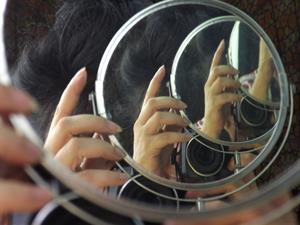 |
Periscope:
- Periscopes are optical devices used to look at objects that are not in the observer's line of sight.
- There are two mirrors inside the periscope that are inclined at a 45° angle.
- Submarines, the military, the navy, and nuclear reactors all use periscopes.
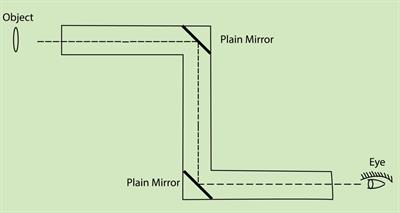
Principle diagram of a periscope
Kaleidoscope:
- Kaleidoscope is a device that works on the principle of multiple reflections with the help of multiple mirrors.
- It is made up of a cylindrical structure with three plane mirrors inside it that contains several pieces of beads, broken glass, colourful bangles, pebbles.
- From one end, the observer can see the Kaleidoscope, and from the other end, light enters the Kaleidoscope.
- When light falls on these objects in the Kaleidoscope, multiple reflections form colourful patterns in the three Mirrors.
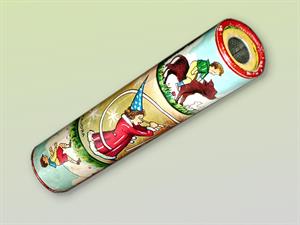 | 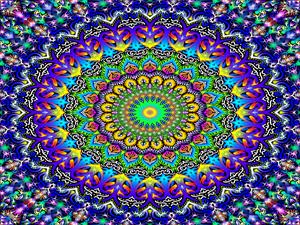 |
Kaleidoscope - Pattern
Know the difference between luminous and non-luminous objects:
Luminous | Non-luminous objects |
| Objects that can emit light energy by themselves are known as luminous objects. | Objects that cannot emit light energy by themselves are known as non-luminous objects. |
Example: Sun and candle | Example: Moon and trees |
Electric bulb |  Tree |
Reference:
https://pixabay.com/illustrations/tree-elevation-landscape-5373563/
https://www.maxpixel.net/Bulb-Electricity-Electric-Bulb-Electric-Light-Lamp-160207
https://pixabay.com/photos/kaleidoscope-energy-mandala-lsd-4979634/
https://commons.wikimedia.org/wiki/File:Kaleidoscope_tube_1.jpg